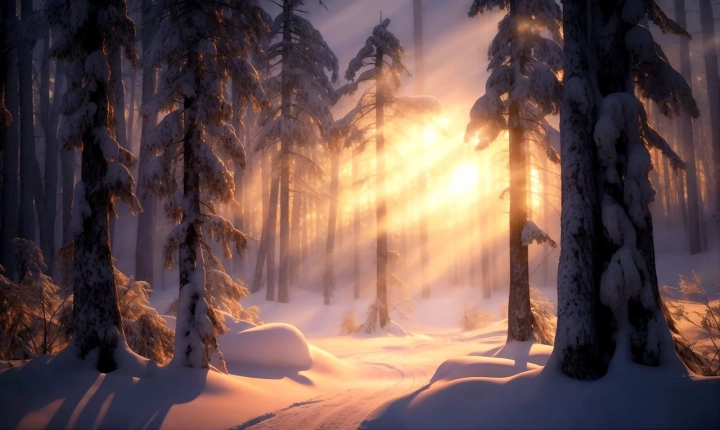Title: How to Convert an Image into AI Art: A Beginner’s Guide
In recent years, artificial intelligence (AI) has been increasingly used to create stunning and captivating artwork. One of the most popular applications of AI in art is the conversion of images into AI-generated art pieces. This process uses deep learning algorithms to analyze and manipulate images in order to produce unique and mesmerizing artwork. If you’re interested in exploring this exciting intersection of technology and creativity, this article will provide a beginner’s guide on how to convert an image into AI art.
Step 1: Choosing the Right Tools
The first step in converting an image into AI art is to choose the right tools and software. There are several AI-powered platforms and applications specifically designed for this purpose. Some popular options include DeepArt, Prisma, and Artbreeder, among others. These platforms utilize advanced algorithms to transform images into various artistic styles, such as impressionism, surrealism, and abstract art.
Step 2: Selecting an Image
Once you have selected the AI art tool of your choice, you will need to choose an image to transform. It’s important to select an image that is high-quality and visually appealing, as the final result will depend on the initial image’s composition, colors, and details. Whether it’s a landscape, portrait, or abstract composition, the possibilities are endless when it comes to selecting an image for transformation.
Step 3: Applying AI Art Styles
After uploading the chosen image to the AI art tool, the next step is to select the desired art style or filter. AI art tools typically offer a wide range of styles, each inspired by famous artists, art movements, or visual effects. Experiment with different styles and filters to see how they transform the original image. Some platforms also allow users to adjust various parameters to further customize the output, such as color intensity, brush stroke thickness, and texture effects.
Step 4: Refining the Artwork
Once the AI has applied the chosen style to the image, it’s time to fine-tune the resulting artwork. Depending on the tool you’re using, you may have the option to make further adjustments to the artwork, such as cropping, applying additional filters, or blending multiple styles together. This step allows for creative experimentation and can help achieve a personalized and visually compelling final result.
Step 5: Saving and Sharing
After you are satisfied with the AI-generated artwork, you can save the final result in the desired format, such as JPEG or PNG. Some platforms also allow users to directly share their creations on social media or with the online community. Sharing your AI art with others can be a rewarding experience, as it allows you to showcase your creativity and receive feedback from fellow art enthusiasts.
In conclusion, converting an image into AI art is an exciting and accessible way to explore the potential of artificial intelligence in the realm of visual creativity. By following the steps outlined in this beginner’s guide, you can unleash your imagination and transform ordinary images into captivating works of art. Whether you’re a seasoned artist or a newcomer to the world of digital art, AI-powered tools provide a novel avenue for artistic expression and discovery. So, why not give it a try and embark on a journey of artistic exploration with the help of AI?
